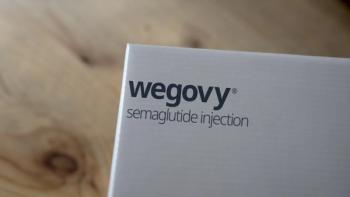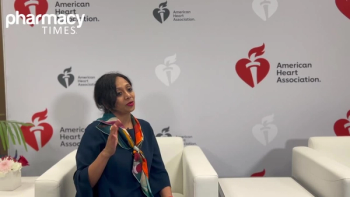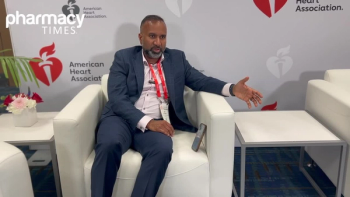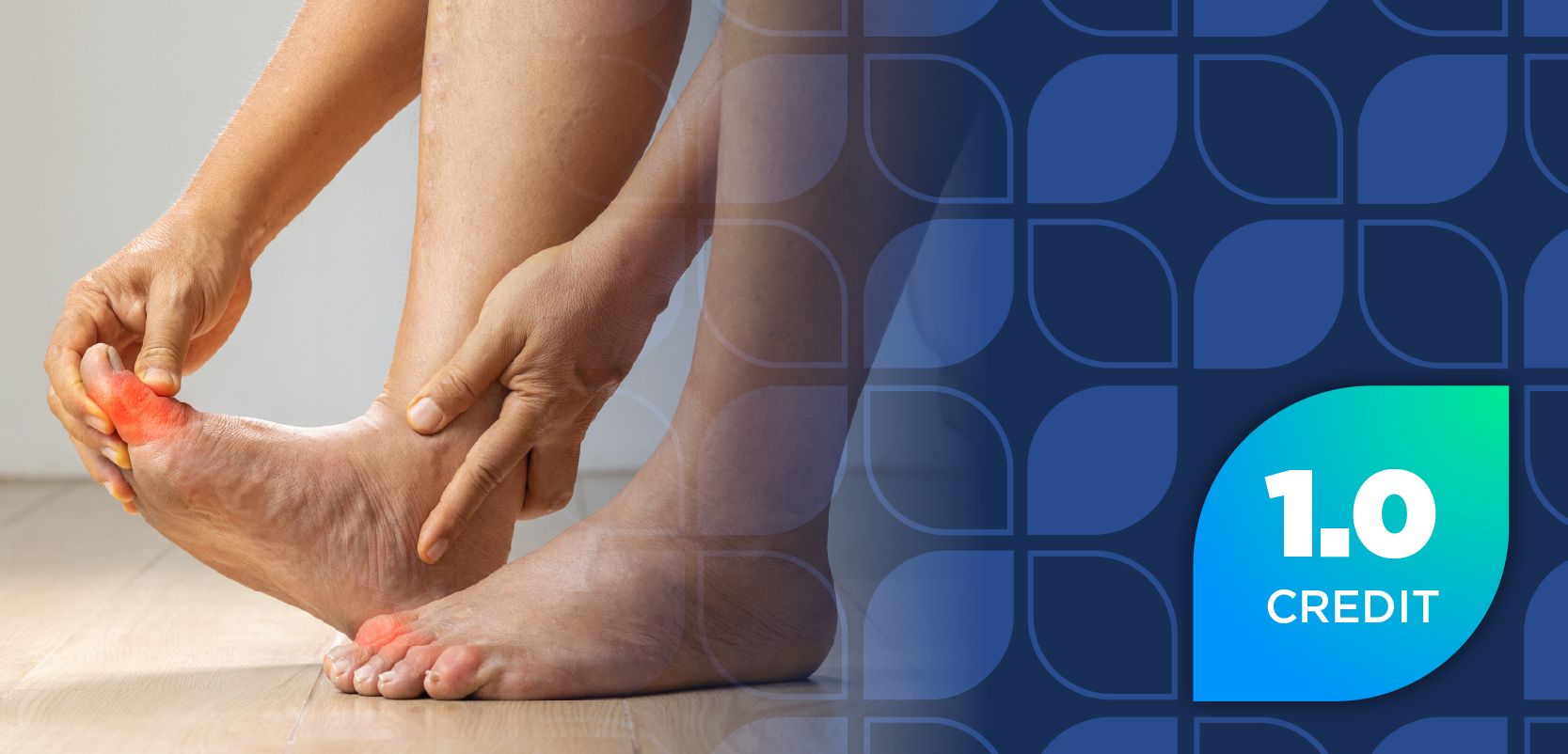
23-Valent Pneumococcal Polysaccharide Vaccine Provides Protection Up To 6 Years Following Vaccination
Key Takeaways
- PPSV23 maintains robust antibody levels for most serotypes 6 years post vaccination, indicating long-term protection against pneumococcal disease.
- Antibody levels significantly decrease compared to 28 days post vaccination, necessitating a second dose for sustained protection.
Six years following vaccination with 23-valent pneumococcal polysaccharide vaccine in a Chinese population, antibody levels remained high, although not as high as 28 days following vaccination.
Adults who received the 23-valent pneumococcal polysaccharide vaccine (PPSV23) sustained robust antibody levels for most serotypes that can cause pneumococcal disease 6 years following their receipt of the vaccine, indicating that PPSV23 can induce long-term protection, although concerns remain given the significant decrease in antibody levels compared with those at 28 days post vaccination, according to trial results published by investigators in Human Vaccines & Immunotherapeutics.1
PPSV23 Can Provide Robust Protection Against Pneumococcal Disease
According to the CDC, PPSV23 is designed to protect against 23 serotypes that can cause pneumococcal disease. PPSV23 is one of multiple vaccination options for protection against pneumococcal disease, in addition to pneumococcal conjugate vaccines (PCVs) designed as either 15-valent (PCV15) or 20-valent (PCV20) immunizations. For some children and adolescents with certain risk factors or underlying conditions, PPSV23 is recommended over PCVs. However, PPSV23 has proven efficacy in young adults and is efficacious in older adults in combination with PCV15.2,3
Antibody levels induced by PPSV23 naturally decline over time. The CDC Advisory Committee on Immunization Practices recommends a second dose of PPSV23 to be administered within a 5-year interval following an initial dose in adults aged 19 to 64 years with a high-risk condition and adults 65 years or older. It is critical for investigators to further evaluate the long-term immunogenicity of PPSV23 given its role in the treatment and prevention paradigm for pneumococcal disease.1
Previously, a phase 3, randomized, double-blind, active-control clinical trial of PPSV23 developed by Sinovac Biotech in China found that the vaccine demonstrated meaningful safety and immunogenicity in Chinese patients 2 years and older, as compared to a control commercial vaccine. The current follow-up phase 3 study (NCT03480763) was conducted 6 years after primary immunization with PPSV23 to further elucidate long-term immune persistence against pneumococcal serotypes in this population.1,4
Protection Wanes After 6 Years, But Remains Strong Compared With Baseline
In total, 600 participants were enrolled in the study, of whom 598 had valid antibody results and were analyzed according to the immune persistence set 6 (IPS-6) scale. In the overall population, geometric mean concentrations (GMCs) of immunoglobulin G (IgG) antibodies against all 23 serotypes were found to be significantly enhanced 1 day following a single dose of PPSV23. At 2 years post vaccination, GMCs of IgG antibodies against the serotypes remained higher than prior to vaccination but were found to have meaningfully decreased compared with 28 days post vaccination.1
Regarding age-group-specific analysis, significant increases in IgG levels to all 23 serotypes were observed in each age stratum 28 days post vaccination. Interestingly, the highest GMCs were observed in adults (1.6–52.5 μg/ml vs 1.8–56.0 μg/ml), followed by older adults (1.4–48.2 μg/ml vs 1.4–43.2 μg/ml) and children (1.7–38.8 μg/ml vs 1.6–34.2 μg/ml).1
Moving to an analysis of immunogenicity 6 years following vaccination, investigators found that antibody levels for most serotypes in all age groups were slightly higher or higher than the baseline, although there were significant declines observed compared with antibody levels at 28 days. Geometric mean increases 6 years post vaccination compared with baseline were similar between each group in each age stratum. Specifically, the highest GMC across both the test and control groups was toward serotype 14, while serotype 3 consistently showed the lowest concentrations, according to the investigators.1
Revaccination with another dose of PPSV23 years following the first dose should still be broadly recommended for many age groups, including those 65 years and older and those with underlying health conditions. Although antibody levels remain significant 6 years post vaccination, the significant decrease compared with 28 days post vaccination affirms the necessity of a second PPSV23 dose so patients can remain protected against pneumococcal disease. Further studies should seek to investigate the length of time that PPSV23 elicits protection across a United States population and in broader cohorts of patients.1
REFERENCES
1. Huang L, Yang Z, Li H, Xie Z, et al. Immune persistence of a single dose of 23-valent pneumococcal polysaccharide vaccine: A 6-year follow-up. Human Vaccin Immuno. 2025;21(1):2517489. doi:10.1080/21645515.2025.2517489.
2. CDC—Vaccines & Immunizations. PSV23 vaccine VIS. Last Updated May 29, 2025. Accessed June 23, 2025. https://www.cdc.gov/vaccines/hcp/current-vis/pneumococcal-polysaccharide.html
3. Westerink MAJ, Schroeder HW, Nahm MH, et al. Immune responses to pneumococcal vaccines in children and adults: Rationale for age-specific vaccination. Aging and Disease. 2011;3(1):51-67. Accessed online June 23, 2025. https://pmc.ncbi.nlm.nih.gov/articles/PMC3320805/
4. Huang L, Wang L, Li H, et al. A phase III clinical trial to evaluate the safety and immunogenicity of 23-valent pneumococcal polysaccharide vaccine (PPV23) in healthy children, adults, and elderly. Hum Vaccin Immunother. 2019;15(1):249-255. doi:10.1080/21645515.2018.1509648
Newsletter
Stay informed on drug updates, treatment guidelines, and pharmacy practice trends—subscribe to Pharmacy Times for weekly clinical insights.






















































































































































































































